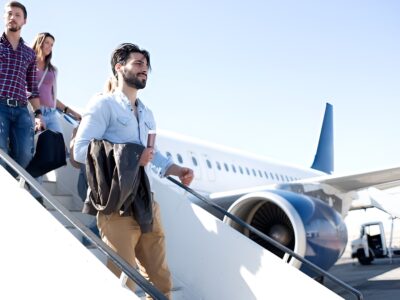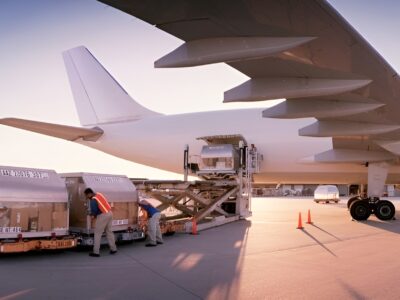
IATA says that the total traffic in June 2022 was up 76.2 pc compared to June 2021
Releasing the latest data for global air travel numbers, the International Air Transport Association (IATA) says that the recovery in the number of people travelling by air remained strong in June.
IATA says that the total traffic in June 2022, which is measured in revenue passenger kilometers or RPKs, was up 76.2 pc compared to June 2021 and it was primarily propelled by the ongoing strong recovery in international traffic. Overall, the global air traffic in June 2022 was 70.8 pc of the level in June 2019.
IATA report says that domestic traffic for June 2022 was up 5.2 pc compared to the year-ago period. Strong improvements in most markets, combined with the easing of some Omicron-related lockdown restrictions in the Chinese domestic market, contributed to the growth. It goes on to add that the total June 2022 domestic traffic was at 81.4 pc of the June 2019 level.
But the astounding growth was witnessed in international traffic which boomed by 229.5 pc versus June 2021. The lifting of travel restrictions in most parts of Asia-Pacific is contributing to the recovery. June 2022 international RPKs reached 65.0 pc of June 2019 levels, it says.
“Demand for air travel remains strong. After two years of lockdowns and border restrictions people are taking advantage of the freedom to travel wherever they can,” says Willie Walsh, IATA’s Director General.
Middle East powers global recovery
IATA data shows that of all the regions of the world, three regions – Africa, Europe and Middle East, led with the highest growth rates. Middle East was the strongest with 216.8 pc growth in June, compared to June 2021. Europe followed with 155.1 pc growth in passenger numbers and Africa came third with 97.1 pc. But the two largest regions for air travel – North America and Asia Pacific showed more moderate growth of 39.2 pc and 33.7 pc respectively.
But in terms of carriers, the Asia-Pacific airlines carried the day as they grew by 492 pc in terms of June traffic compared to June 2021. The region is now relatively open to foreign visitors and tourism which is helping foster the recovery, says IATA. European carriers’ June traffic rose 234.4 pc versus June 2021, adding that international traffic within Europe is above pre-pandemic levels in seasonally adjusted terms.
June traffic for Middle Eastern airlines rose by 246.5 pc in June compared to June 2021, while the North American carriers experienced a 168.9 pc growth. The traffic for Latin American airlines rose 136.6 pc, says IATA, adding that after leading the regions in load factor for 20 consecutive months, Latin America slipped back to third place in June. Airlines in Africa registered a 103.6 pc, even though international traffic between Africa and neighboring regions is close to pre-pandemic levels.
India tops global domestic traffic recovery
In terms of nationwide domestic traffic, India emerged the surprise champion as its domestic air travel segment climbed sharply by 264.4 pc in June as compared to June 2021. It was followed by Japan where domestic air passenger numbers rose in three digits also, climbing 146.4 pc. Australian domestic traffic grew 78.6 pc, while Brazil rose 37.6 pc in June. However, the two biggest countries, USA and China that together account for over 43 pc of global domestic traffic, showed the worst performance in the period. While the United States grew by a relative paltry 8.7 pc, China collapsed by 45 pc in June, mainly due to the return of Covid-19 lockdowns in many parts of the country.
IATA’s Walsh says that the growth in air traffic, domestic and international, could be much more, if the aviation authorities and airports, notably in Europe, get their act together. “By capping passenger numbers, airports are preventing airlines from benefitting from the strong demand. Heathrow Airport has tried to blame airlines for the disruption. However, Service Level Performance data for the first six months of this year show that they have failed miserably to provide basic services and missed their Passenger Security service target by a massive 14.3 points. Data for June has not yet been published but is expected to show the lowest level of service by the airport since records began,” says Walsh.
“With the Northern Hemisphere summer travel season now fully underway, predictions that the lifting of travel restrictions would unleash a torrent of pent-up travel demand are being borne out. At the same time, meeting that demand has proved challenging and likely will continue to be so. All the more reason to continue to show flexibility to the slot use rules. The European Commission’s intent to return to the longstanding 80-20 requirement is premature. Just look at the issues that airlines and their passengers at some hub airports are being confronted with. These airports are unable to support their declared capacity even with the current 64 pc slot threshold and have extended recent passenger caps until the end of October. Flexibility is still essential in support of a successful recovery,’’ says Walsh.





















